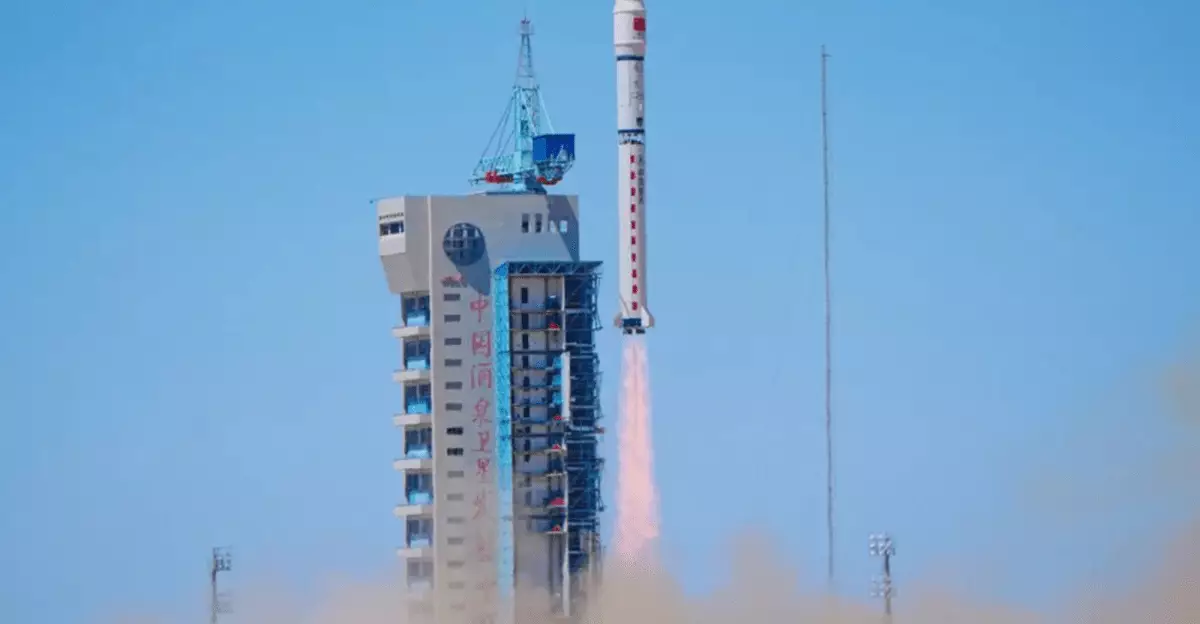In a significant advancement towards redefining satellite technology and artificial intelligence, China has successfully launched the first 12 satellites of an expansive network that aims to include 2,800 satellites in total. This initiative, led by ADA Space in collaboration with Zhijiang Laboratory and Neijang High-Tech Zone, is poised to transform how we collect and process data from space. Such an extensive program hints at not just a technological leap, but also at China’s ambitious vision to establish itself as a leader in the global race for space-based supercomputing capabilities.
The Technological Marvel: Star Compute Program
This initiative, known as the “Star Compute” program, introduces what ADA Space describes as the “Three-Body Computing Constellation.” The satellites are equipped with an impressive onboard AI model, containing 8 billion parameters capable of executing 744 tera operations per second per unit. Collectively, they can achieve a staggering processing power of 5 peta operations per second. For comparison, this system boasts a far higher performance capacity than most conventional computing systems, which is indicative of the monumental shift towards computational power in space technology.
Each satellite not only brings advanced processing capabilities but also features sophisticated communication technology that allows for inter-satellite interactions at remarkable speeds of up to 100Gbps using laser technology. This method of stunningly high-speed data transfer paves the way for real-time processing, which could drastically reduce latency—something traditional ground-based systems grapple with heavily.
Data Management Redefined
One compelling aspect of this ambitious satellite network is its ability to autonomously process data in orbit, rather than relying on terrestrial stations. This alteration in approach addresses a critical limitation of traditional satellite systems—namely, that less than 10 percent of the collected data is transmitted back to Earth successfully. The new architecture promises to maximize data efficiency and management, potentially revolutionizing industries ranging from scientific research to emergency response.
Moreover, the satellites are designed to generate 3D digital twin data—an innovation that extends their usability. Applications in gaming, tourism, and disaster management stand to benefit significantly from this capability. By creating digital replicas, the satellites can provide an immersive view of real-world environments, potentially transforming training simulations for emergency responders and enriching gaming experiences.
The Broader Implications of Space-Based AI
The ramifications of such a network extend far beyond mere technological advancements. As ADA Space and its partners delve deeper into the realms of AI-powered satellites, the competitive landscape of global technology is bound to shift. The Enhanced capabilities of satellites will empower nations and corporations alike, providing them an edge in data analytics, machine learning, and real-time decision-making.
Additionally, this launch establishes a precedent for how space can be used not just for exploration but as a pivotal resource in our increasingly digital world. The intersection of space technology and AI could foster unprecedented advancements in areas like climate monitoring, telecommunications, and global navigation. The scope of possibilities stemming from this monumental achievement suggests that the stars may very well be just the beginning of new frontiers in technology.


Leave a Reply